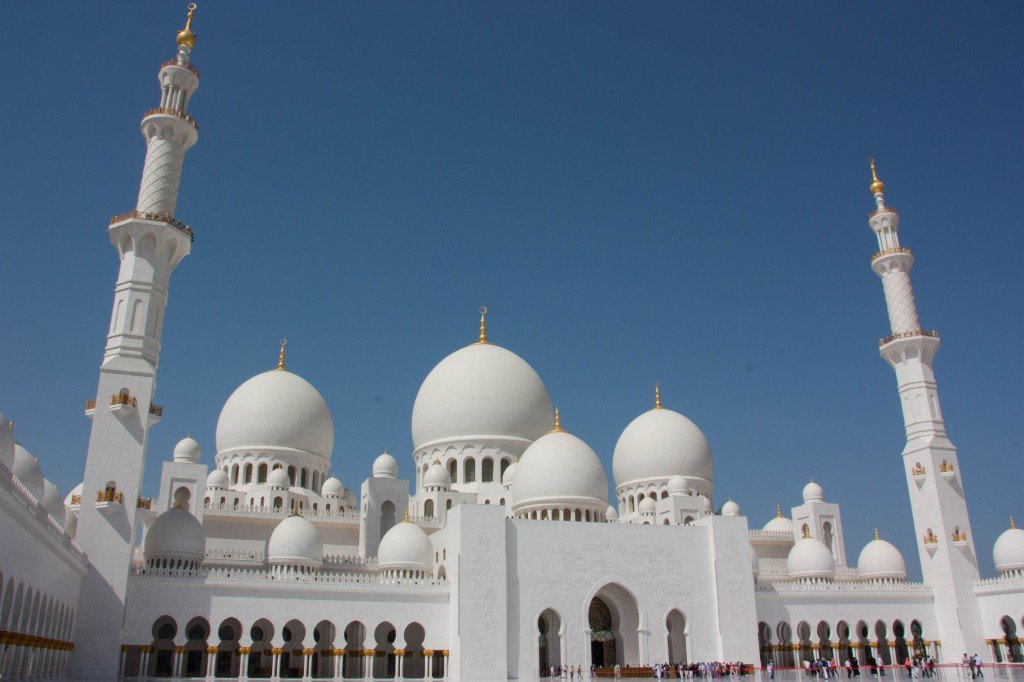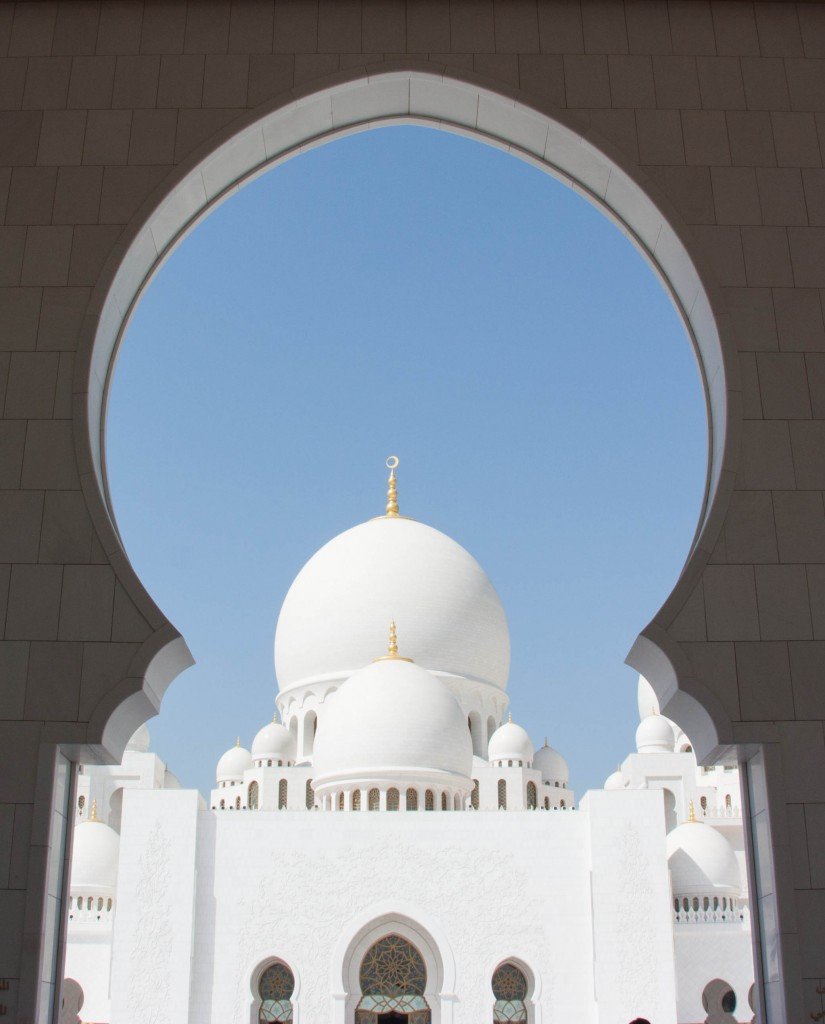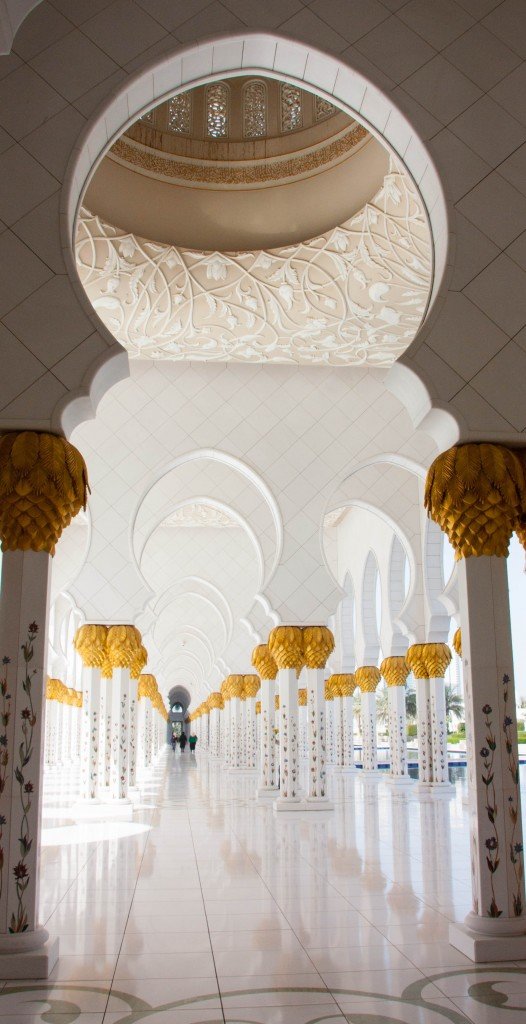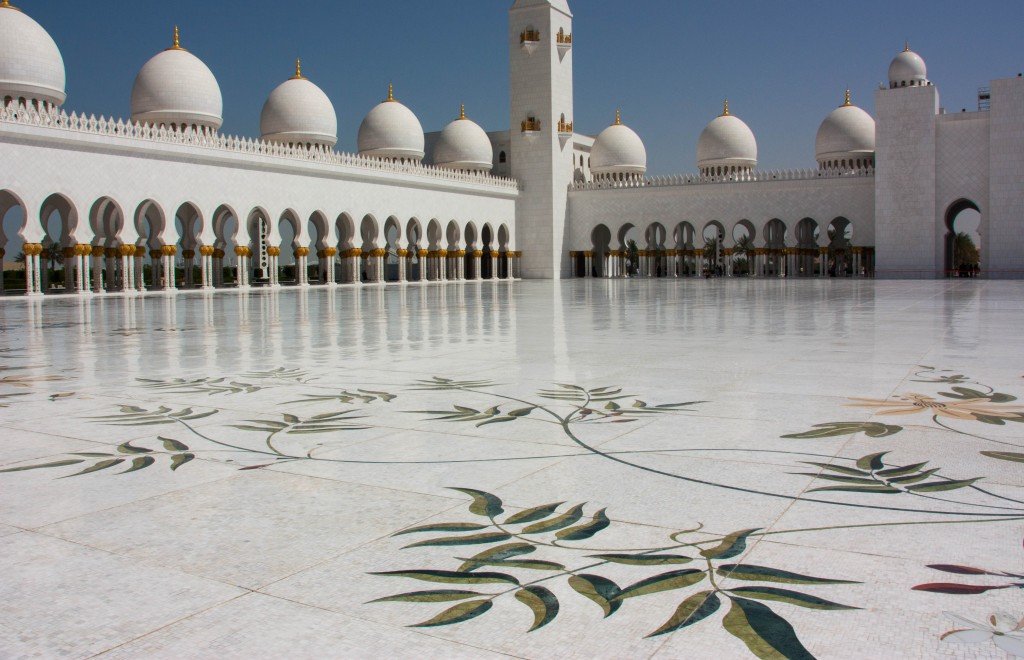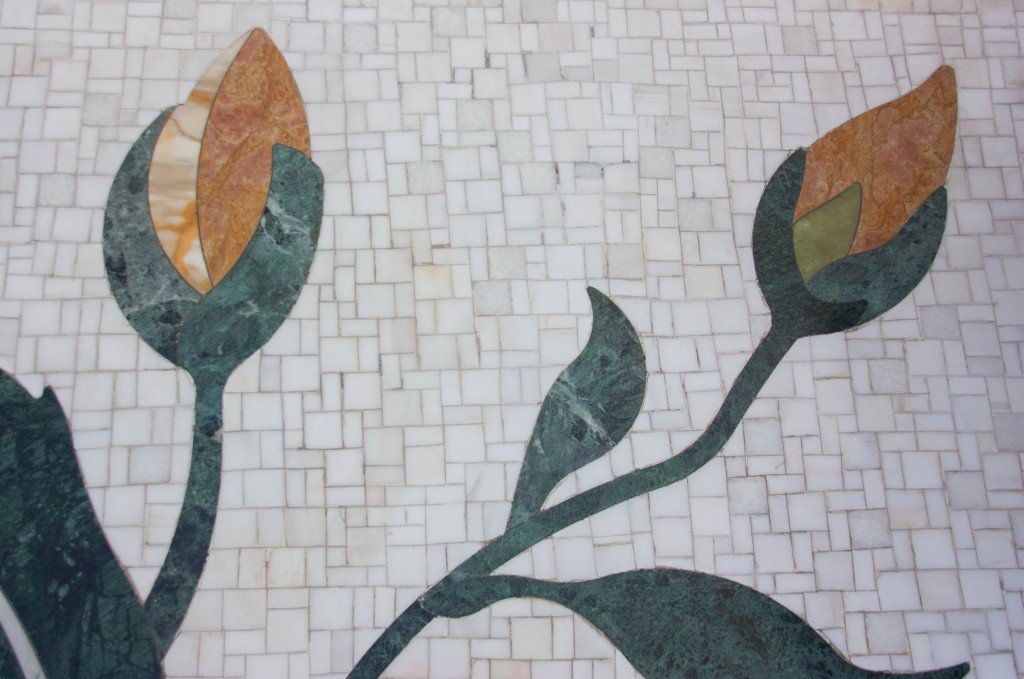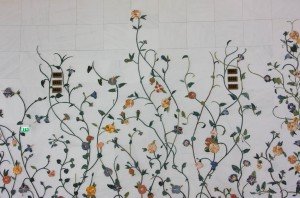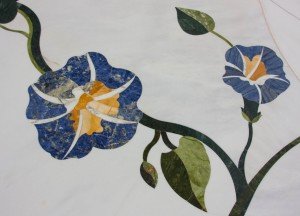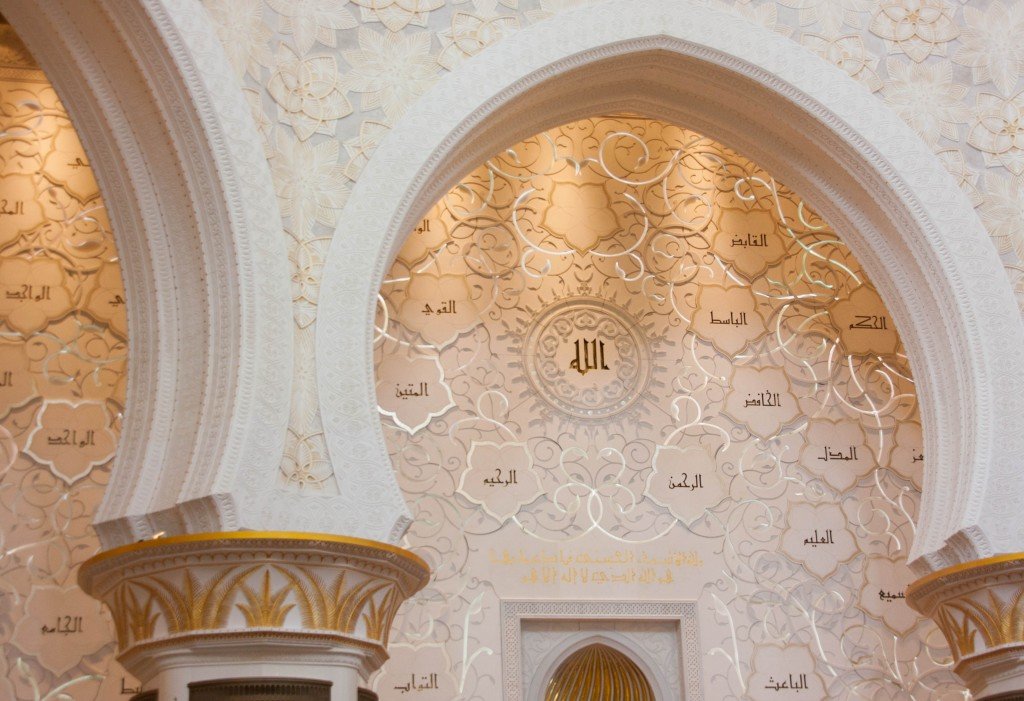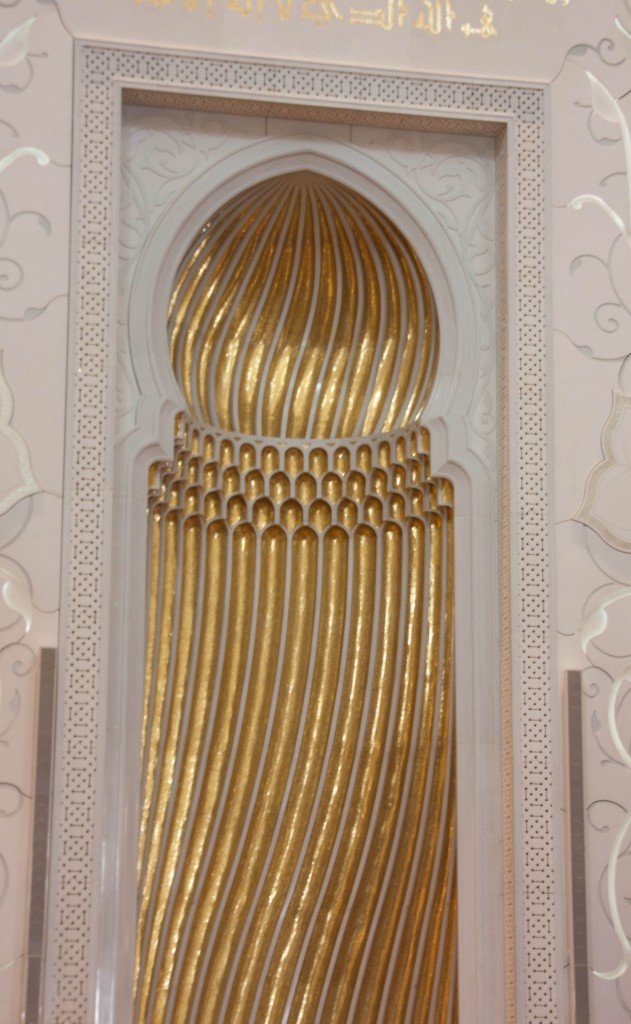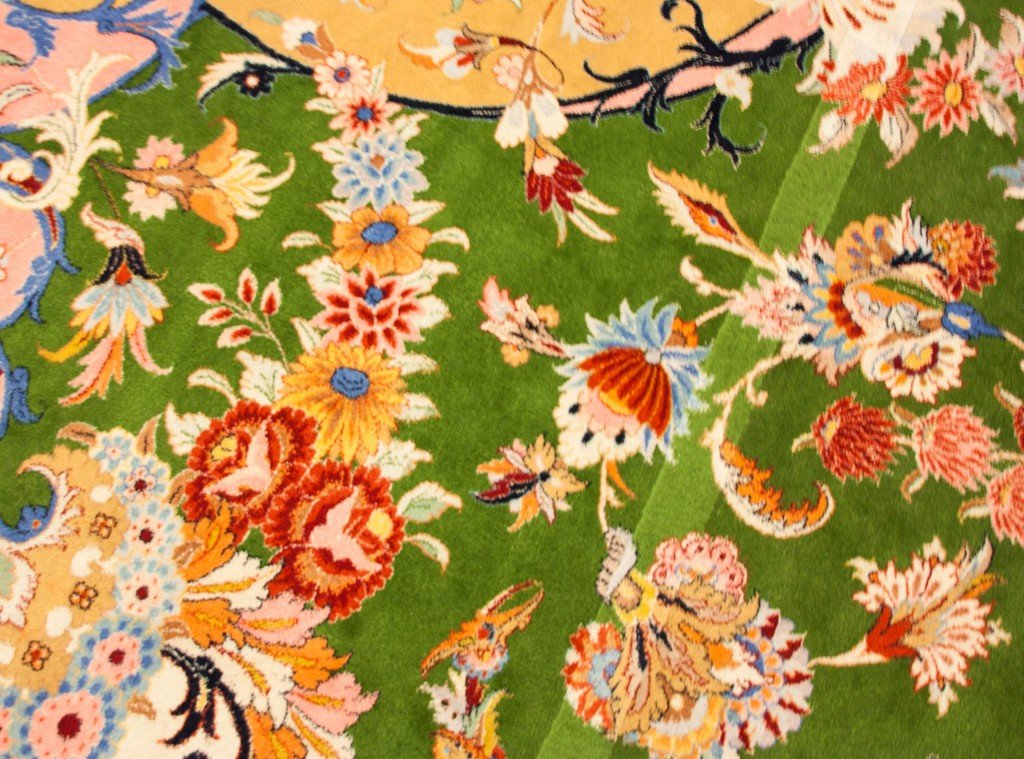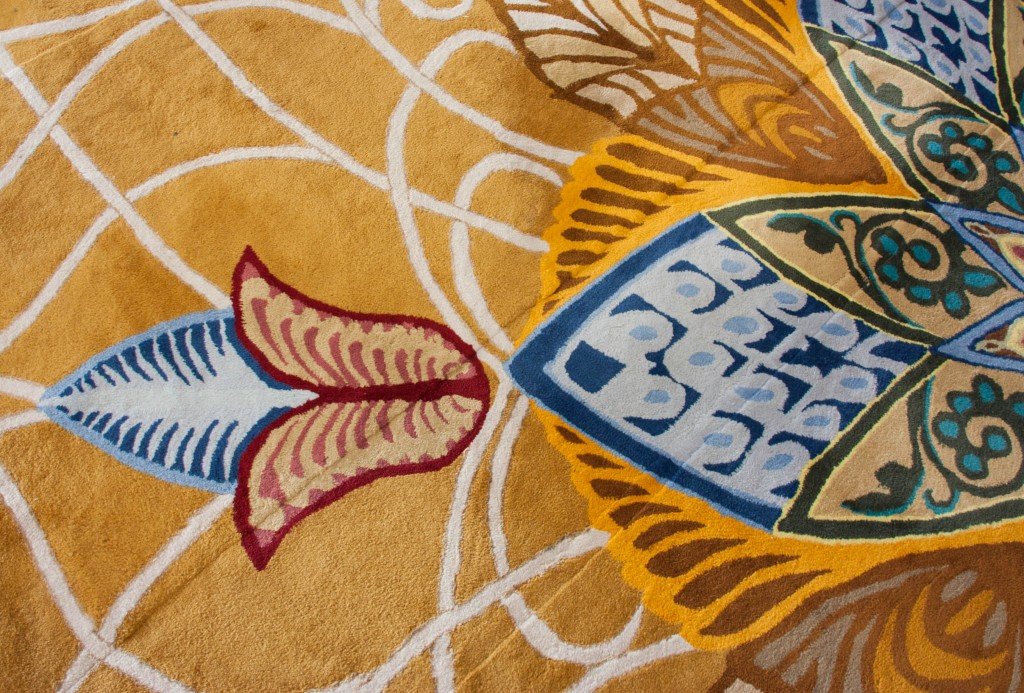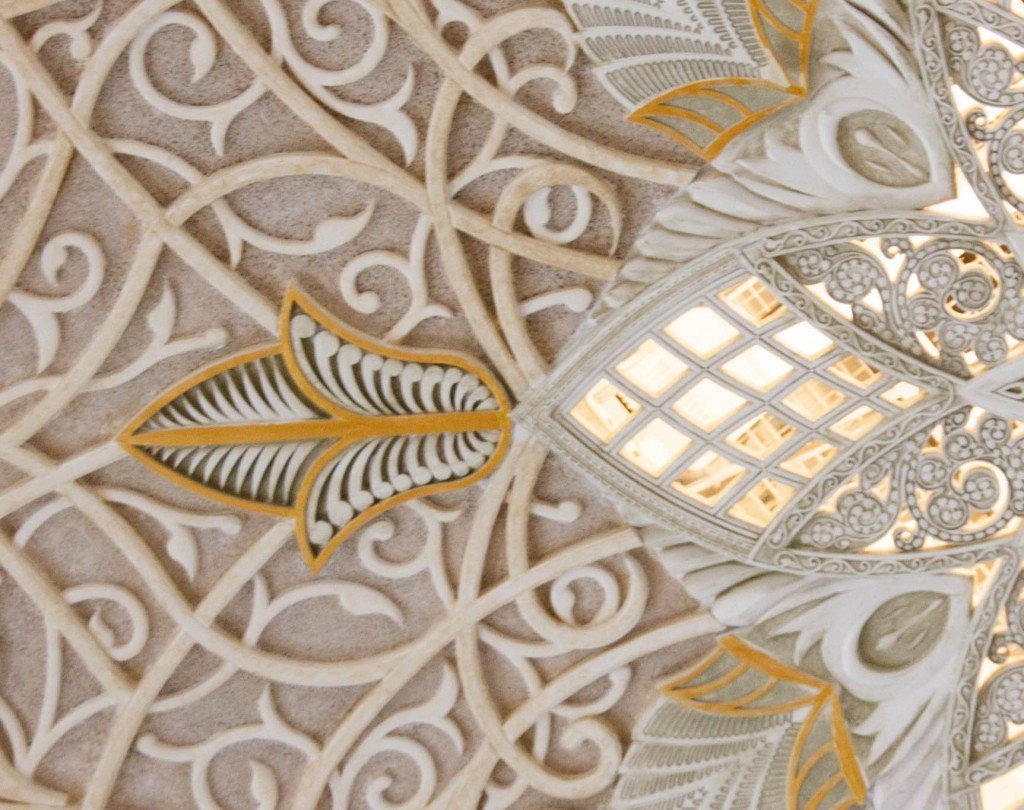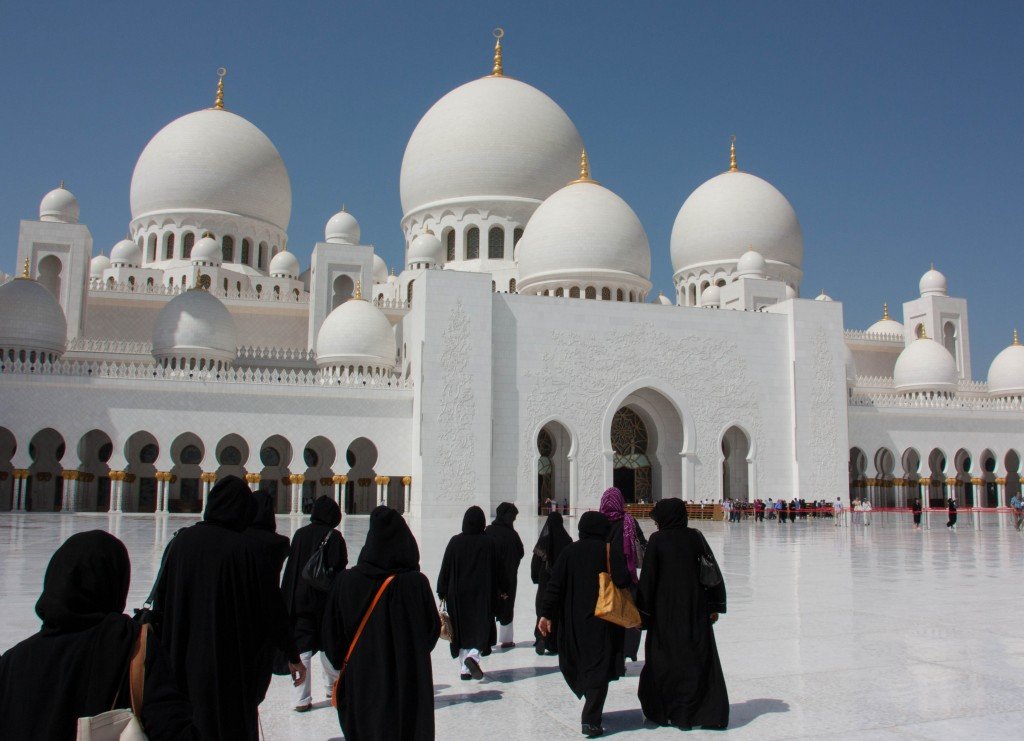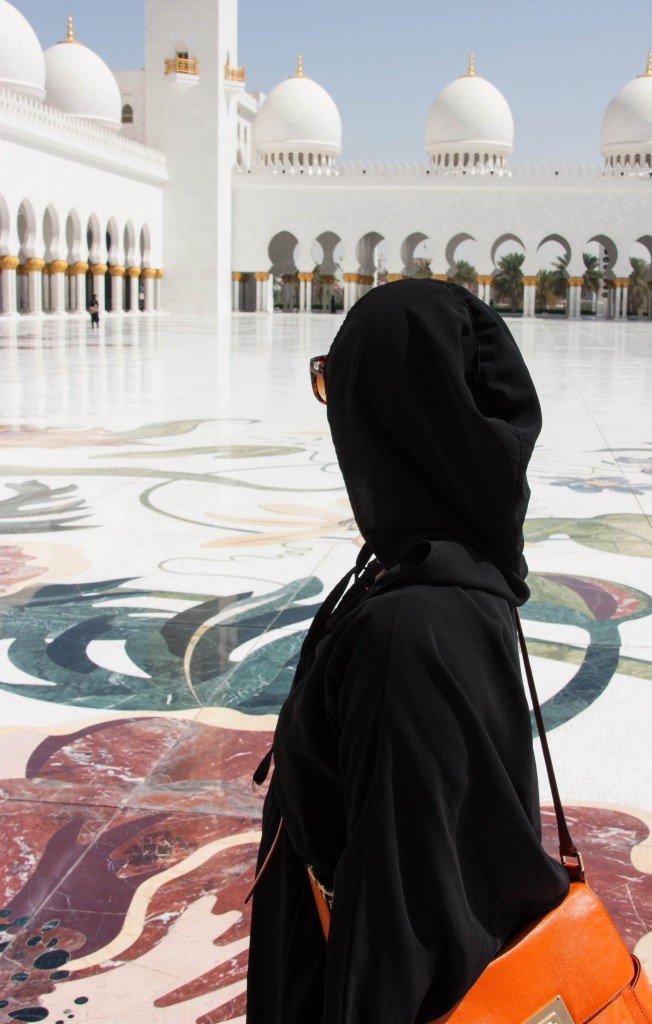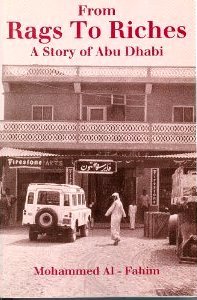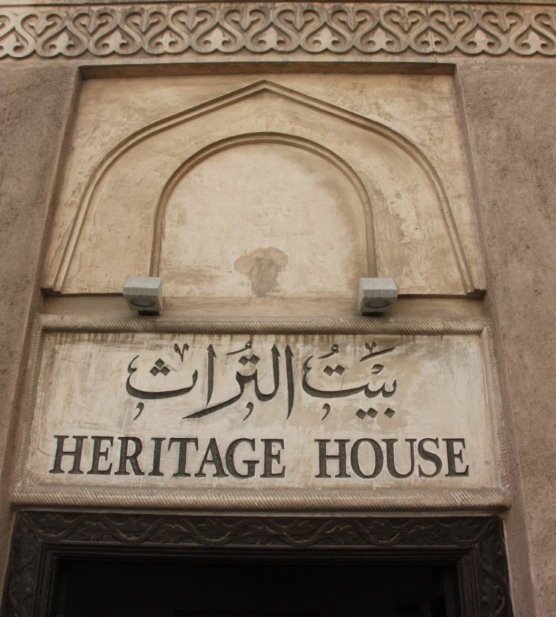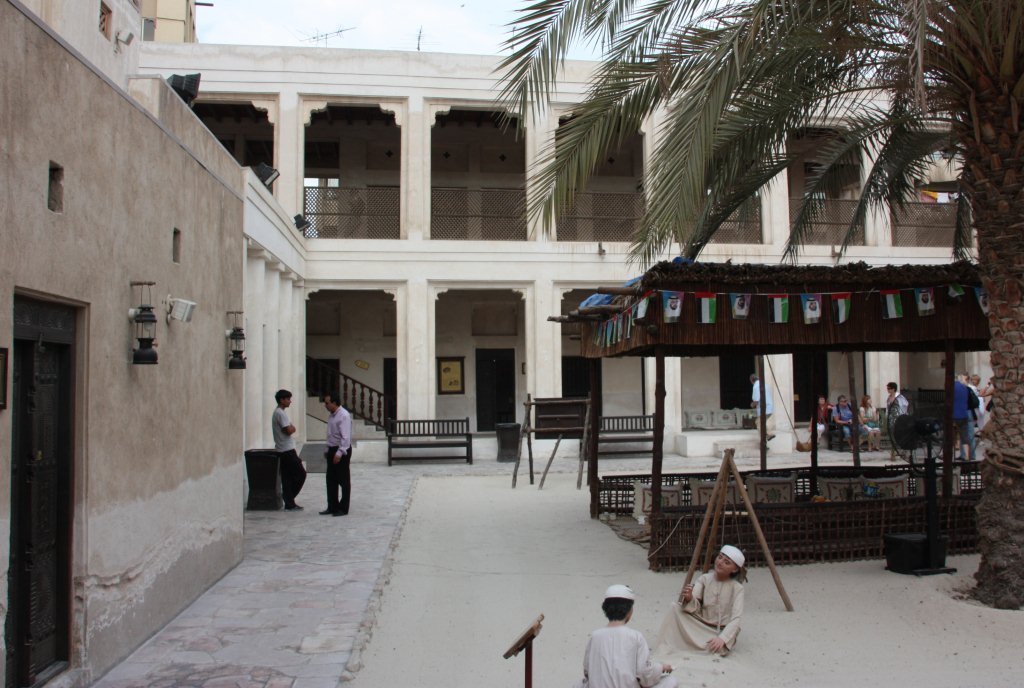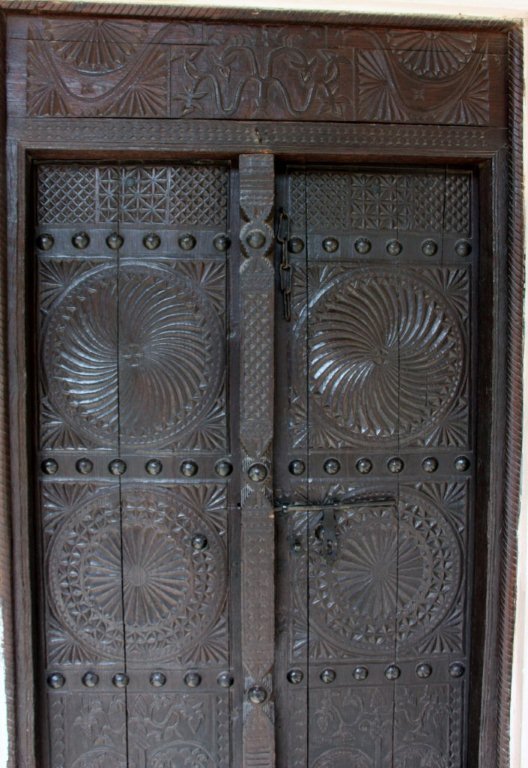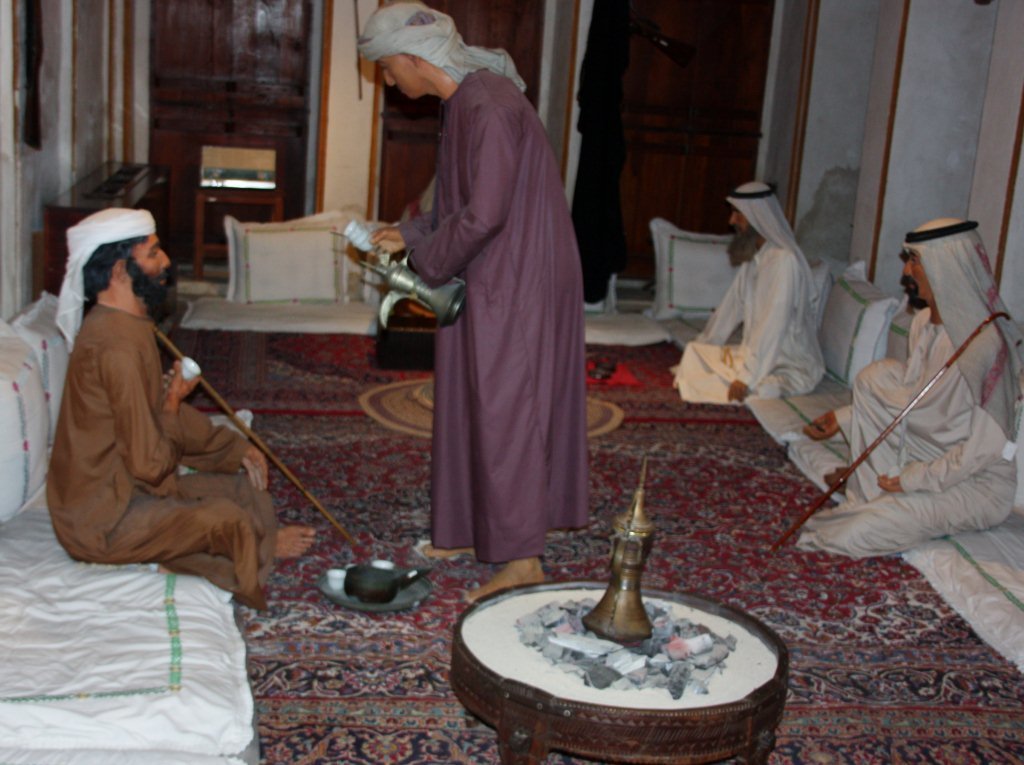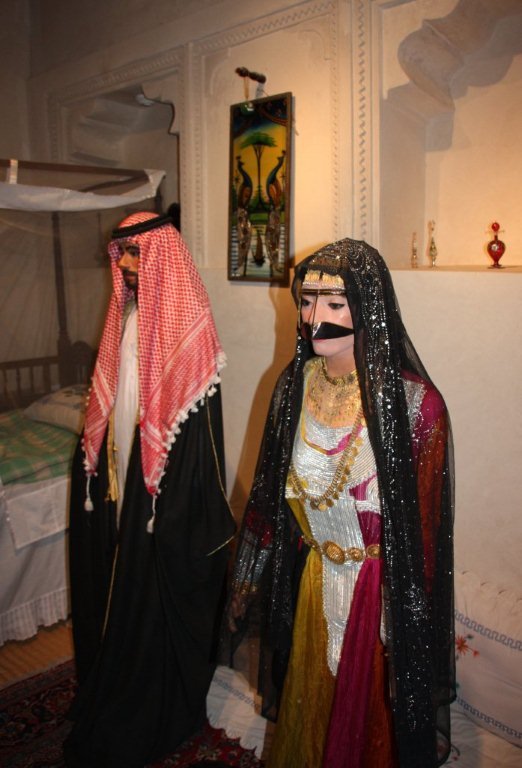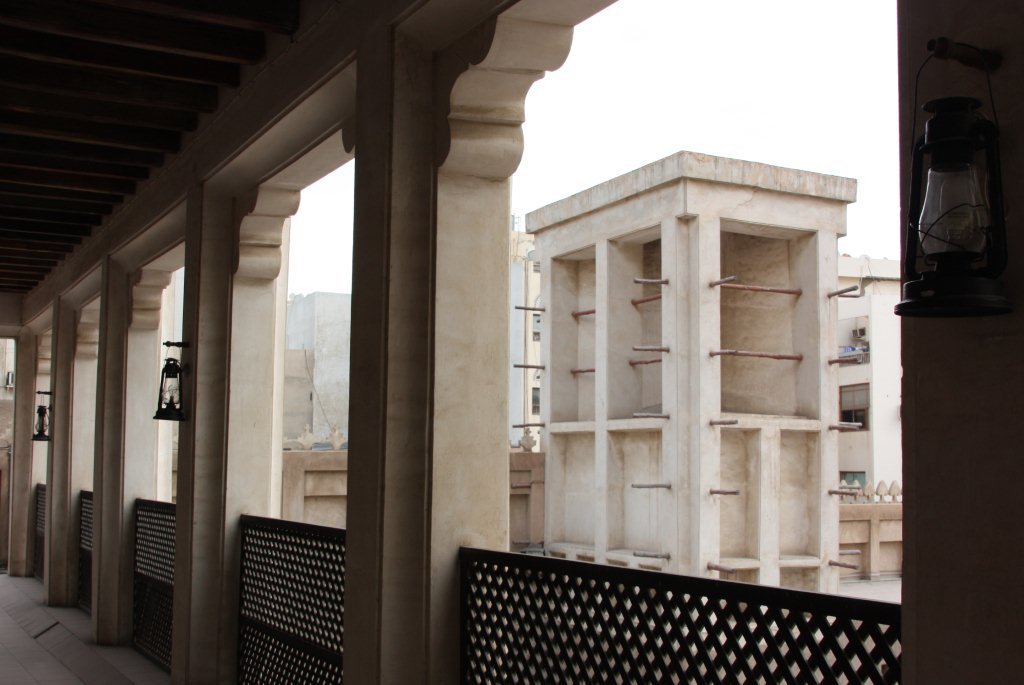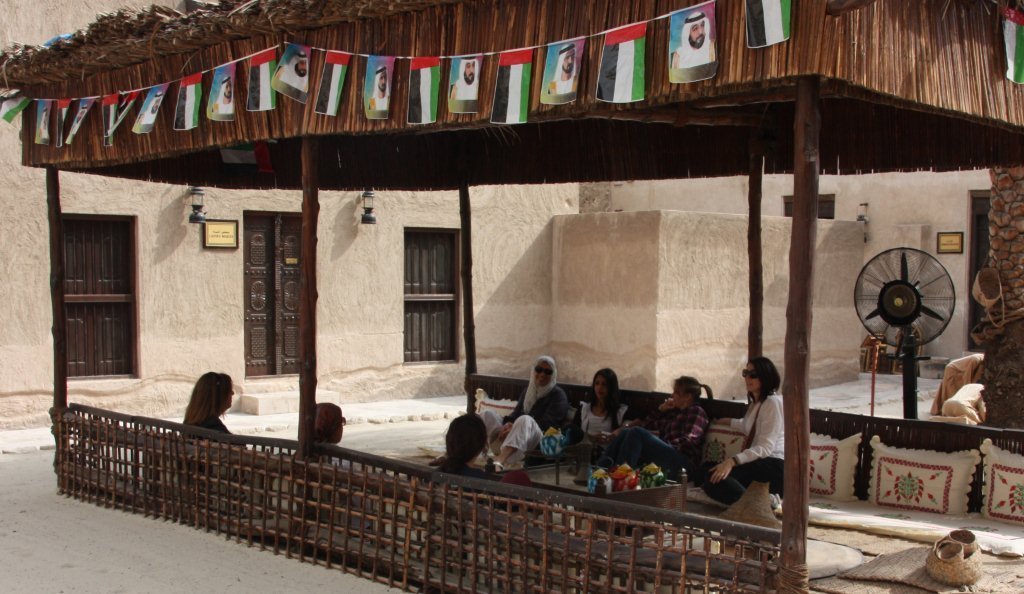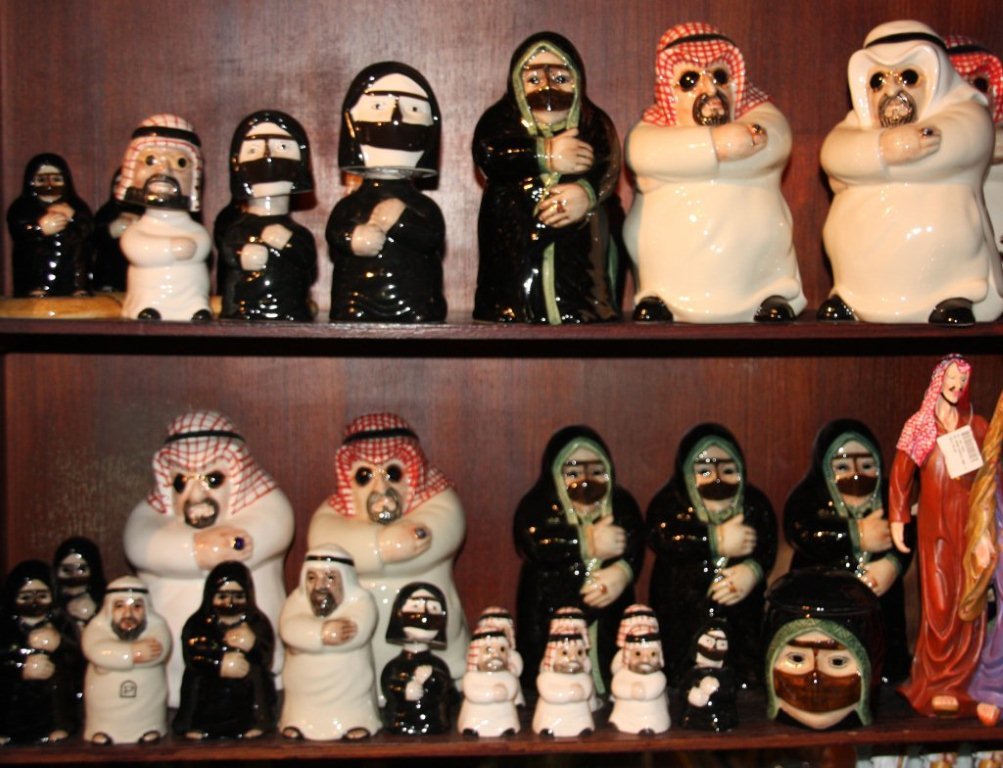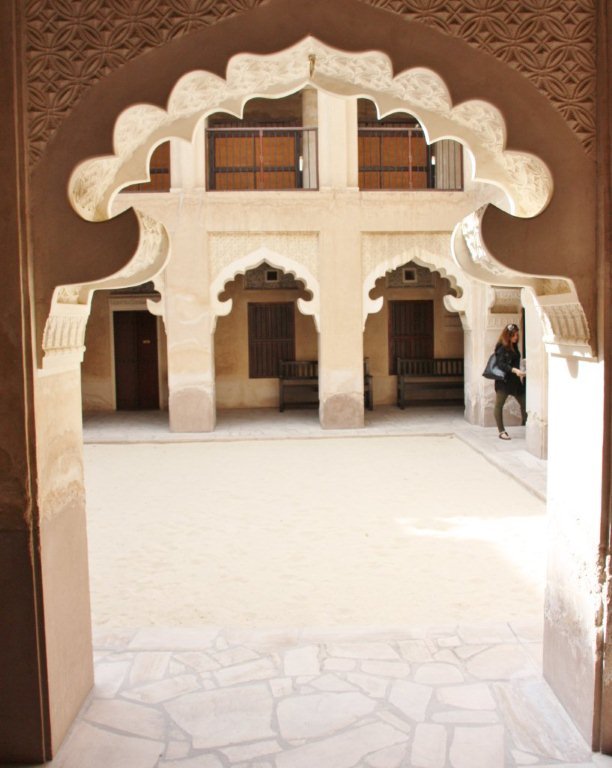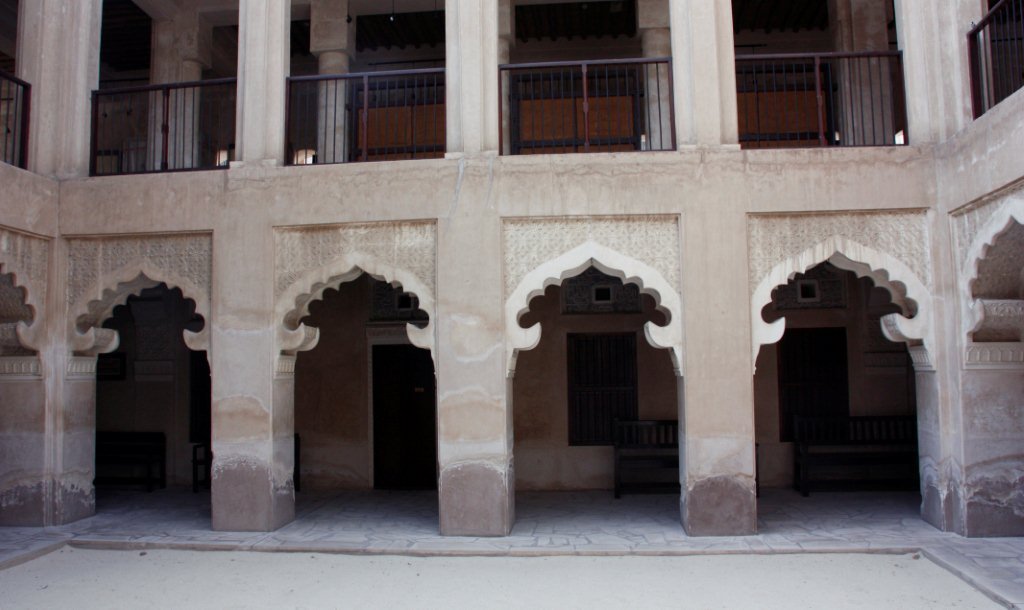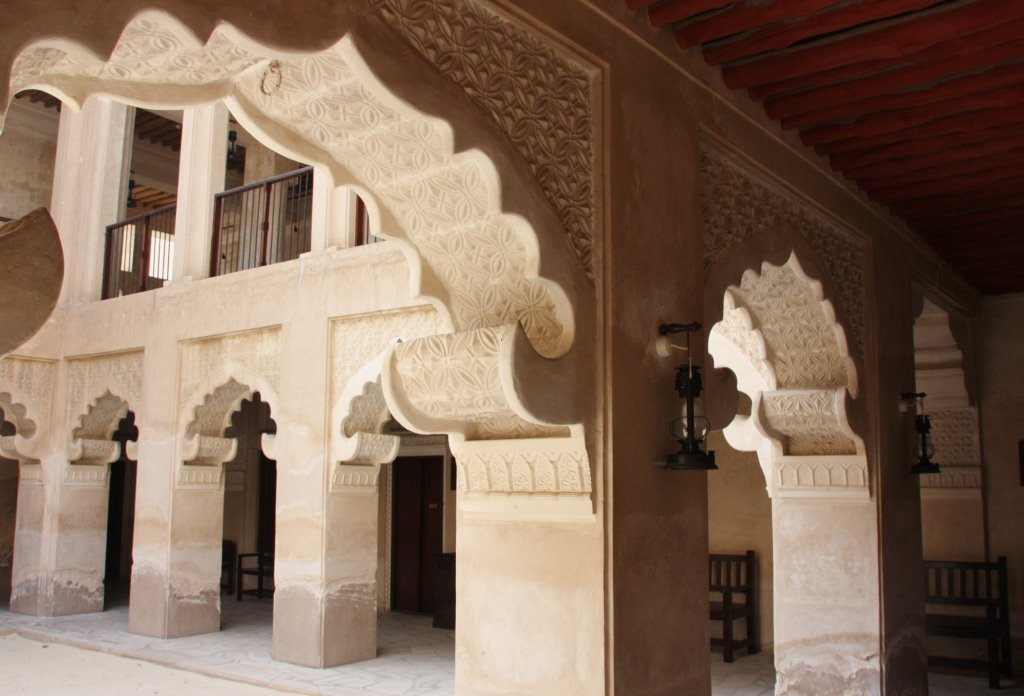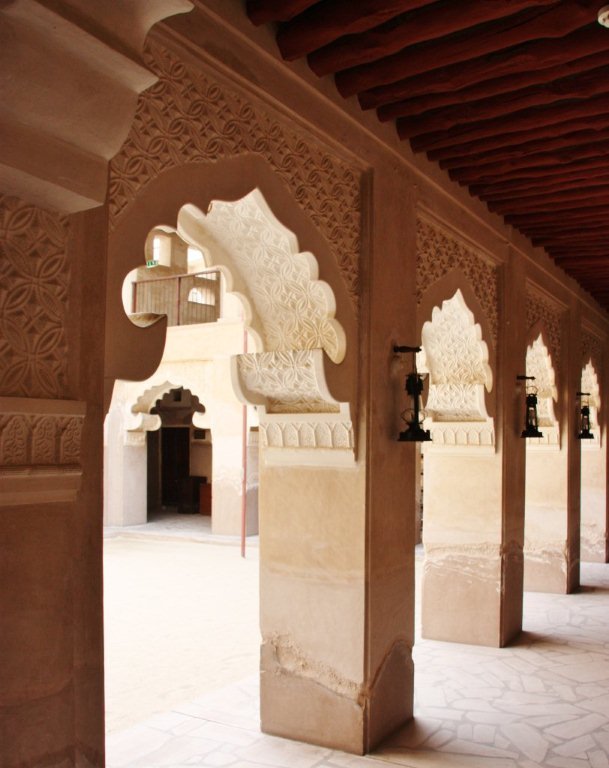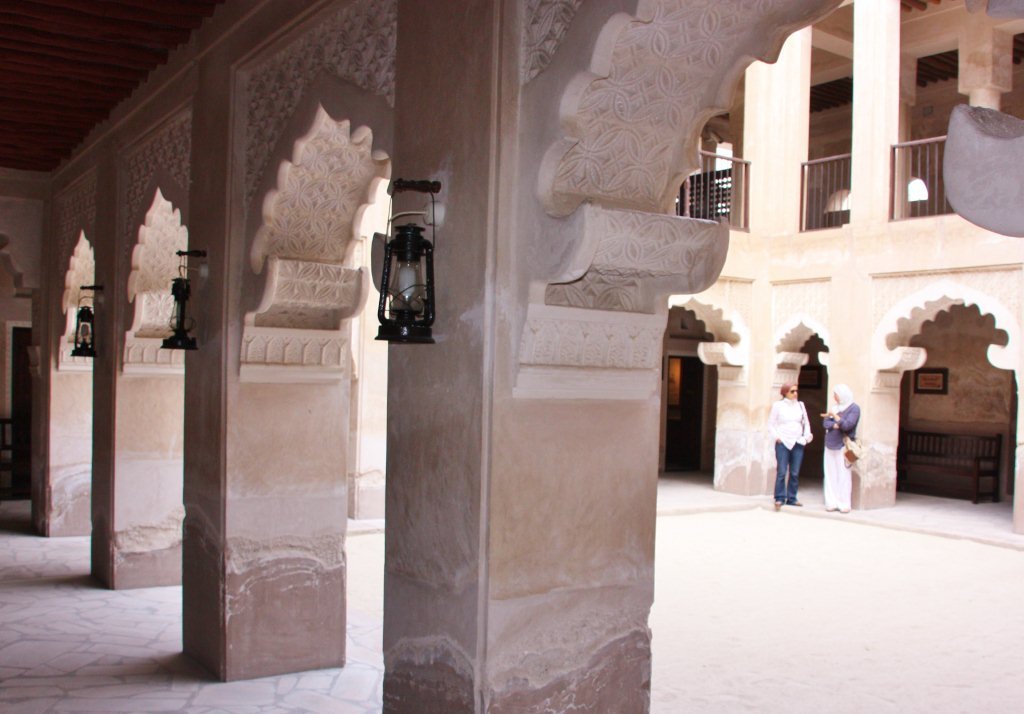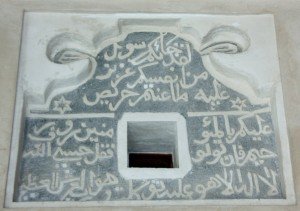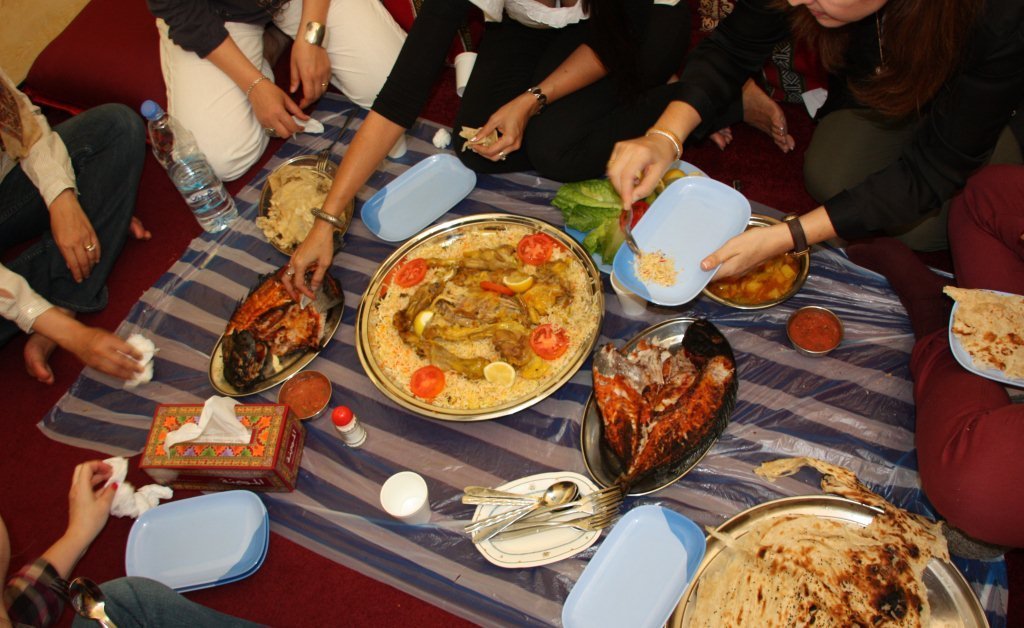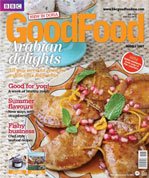Sheikh Zayed Mosque ~ Floral & Exquisite
I finally made it to the Sheikh Zayed Mosque—the most exquisite mosque I’ve ever visited. I had not expected to be dazzled, but I was.
What impressed me first was the striking white of the mosque and its grand scale. Next, it was the gorgeous floral motifs and overwhelmingly feminine style. Meanwhile, the various architectural accents—domes, columns and archways—were amazing, too.
The mosque, which opened in 2007 in Abu Dhabi, was the vision of Sheikh Zayed, the founding father and first ruler of the United Arab Emirates. The tomb of Sheikh Zayed is located nearby the mosque.
The Design
The mosque is one of the largest in the world and accommodates over 40,000 worshippers. Stunning white with gold accents, the mosque is surrounding by reflective pools and features 1000 columns and 82 domes.
A fusion of Arab, Moorish, and Mughal elements, the design of the mosque was directly influenced by mosques in Morocco and Pakistan, as well as the Taj Mahal in India.
More than 3,000 people took part in the building of the mosque, which included artisans and materials from many countries, including Italy, Morocco, India, Pakistan, Turkey, Malaysia, Iran, Greece, UK, Germany, New Zealand, and the UAE.
The archways are quintessentially Moorish.
The Courtyard
The courtyard is massive and the floral design in the marble floor is not only spectacular, but also the largest example of a marble mosaic in the world.
The four minarets, placed in the four corners of the courtyard, are classically Arab in design.
The Garden Foyer
Before entering the prayer area, one passes through the garden foyer, which echoes the flower motifs of the courtyard.
Main Prayer Hall
The Main Prayer Hall, which can accommodate 7,000 worshippers, is the heart of the mosque.
The Qibla Wall (direction wall) features the 99 names of God written in Kufic calligraphy and designed by an Emirati calligrapher.
The prayer niche is made of gold leaf.
The Carpet
Inside the hall is the world’s largest hand-knotted carpet. Made of wool, the carpet is Iranian designed and made. It was crafted by 1,200 women and took two years to complete. The lines marked in the carpet tell the worshippers where to line up.
The Women’s Prayer Hall
Without a doubt, this is the most beautiful women’s prayer area I’ve ever seen. Built to accommodate 1,500 women, the area is spacious and bright.
The ceiling, which was designed in Morocco, is made to match the carpet, which was designed in Malaysia. The two patterns mirror each other.
The mosque also houses a library with classic books on Islamic subjects relating to science, calligraphy, art, and civilization. The collection features a broad range of languages and includes rare and historic publications. Click here to find out more about the Sheikh Zayed Mosque Library.
Visiting the mosque
Opening hours and tour times vary slightly throughout the year. Currently, the mosque is open to visitors daily from 9:00am to 10:00pm and Fridays from 4:30pm to 10pm. I advise morning or evening visits during the hot months.
I highly recommend the guided tours. Our tour guide Khadija was very knowledgeable and well-spoken. Free tours are currently given daily at 10:00am, 11:00am and 5:00pm. Additional tours on Saturday are 2:00pm and 7:00pm. Friday tours are 5:00pm and 7:00pm. See website for up-to-date visiting hours and tour schedule.
What to wear
Of course, women must cover their hair. The mosque offers unique abayas for female visitors. The abaya comes with an attached hood with a tie. You can select either a long abaya (floor length) or short (shin-length), depending on what you are wearing underneath.
Alternatively, you can wear your own modest clothing: a loose-fitting tunic over a long skirt or wide-leg trousers (what I wore).
Men must be modest, too—long trousers and shirt with sleeves. See the website sidebar for more information on mosque manners.
Did you know?
In Abu Dhabi, there is only one muatheen—that is, the man who calls the worshipers to prayer five times per day. Yes, just one. His athan (call to prayer) is not recorded, but is projected live from all mosques in Abu Dhabi.
Question: Have you been to the Sheikh Zayed Mosque? What were your impressions?
